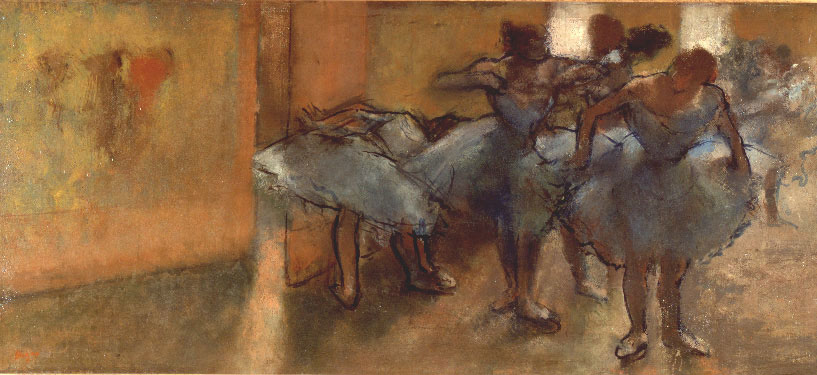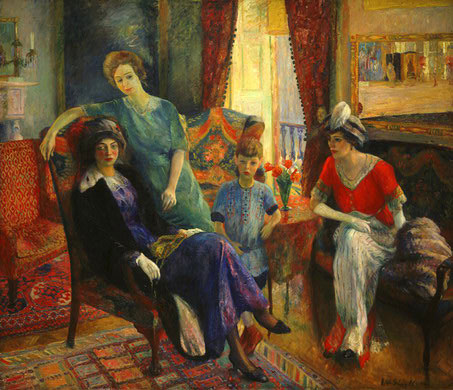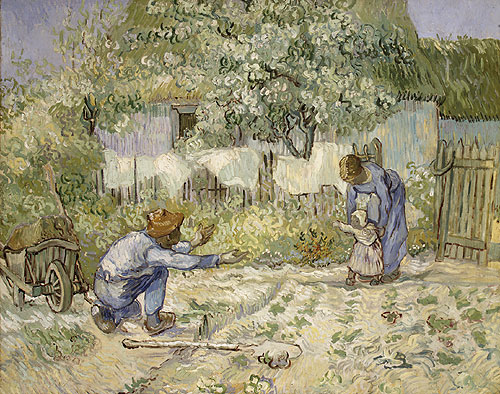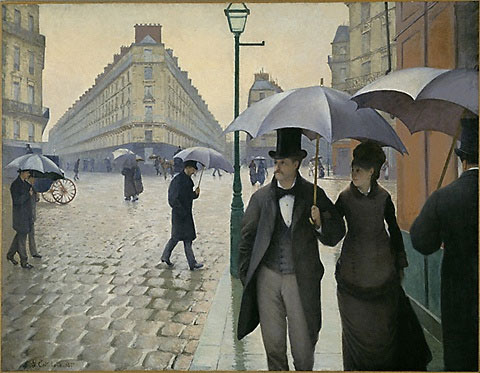Essay 3:
A Visual Analysis
Write a one- to two-page (250-600 words) essay in classic style that analyzes a painting, both describing it in detail and presenting its significance to your reader.
You will chose a painting to write on, but you must clear your choice with me first. I would strongly advise you to select a realistic painting that depicts people. If you can’t think of a painting to analyze, I can suggest some for you. You must include an image of your painting with your essay.
Your essay must not only describe the painting but also analyze its significance. You might, for instance, show how its historical context helps us understand it, or account for its popularity, or explain its significance in art history.
Visual analysis depends on closely observed details and on original insights. Your essay should help your reader to see the paining more clearly and to understand it in a deeper and richer way.
Your analysis should present both your own observations and library research. The essay must include at least THREE sources documented in proper MLA format, with in-text, parenthetical references and a list of Works Cited. At least ONE of your references must come from a print source. (Please note: encyclopedias–including on-line encyclopedias like Wikipedia–do not count as sources for this assignment.)
Give your essay a thesis and a clear, logical organization. Do not simply list things about the painting in random order. Develop a thesis which presents your unique insights into the painting you analyze.
Use the visual analyses we will read (“Little Lightnings,” “Moving Along,” “The Boston Photographs,” “From Realism to Virtual Reality,” and “Understanding Comics”) as models of various methods for understanding and analyzing visual texts.
Write your essay in classic prose style: clear and concise, specific and engaging.
Make every word count.
Painting selection approved by: March 29
Essay Due: April 5
(Bring THREE copies of your essay to class.)
Here are six paintings suitable for your visual analysis paper. You can certainly write about a painting not listed here. But you may find the questions and suggestions listed below useful for whatever painting you analyze.

Cut the Line by Thomas Hart Benton
Examine the scene carefully. List as many details from the painting as you can. What do you notice about colors, lines, the relationships among the objects portrayed? What do these details suggest about the American Navy? State this impression in a single sentence.

Dancers in the Foyer by Edgar Degas
Look at the whole painting. How do the individual figures relate to each other? How do they relate to the setting? Which details suggest informality? In contrast, which details give a formal feel? What impression do the details of the painting create?

Family Group by William Glackens
Use single words or phrases to describe the following clues about how the people in the painting relate to each other. What might have brought them together? Are they a family? What might they be talking about? What central impression about the family do the details seem to convey?

First Steps by Vincent Van Gogh
Look at the picture as a whole. What visual parallels do you see? What contrasts? What happened right before this moment? Right after? How does the painting convey the excitement of a child’s first steps in a static visual image? What details contribute to this effect?

Paris, A Rainy Day by Gustave Caillebotte
No detail is too small for artists who take their work seriously. What details do you notice in this painting? For example, which of the five senses does the painter appeal to in his attempt to evoke the feel of a rainy day in Paris? Which details of the painting contribute to this overall effect?

Sleeping Gypsy by Henri Rousseau
What is your first impression about the mood or feel the painting conveys? Study the painting carefully. List details from the painting together with ideas about how those details relate to each other. Notice the lighting, colors, shapes, lines, and textures. How do the details of the painting create a specific mood or tone?
Consider the following questions as you compose your analysis:
DETAIL: How do the details you mentioned help convey the central impression of the painting?
ORGANIZATION: Is each paragraph organized and coherent? Does every sentence in it support its topic sentence?
WORD CHOICE: How precise and specific are your words? Replace any fuzzy words with more precise ones.